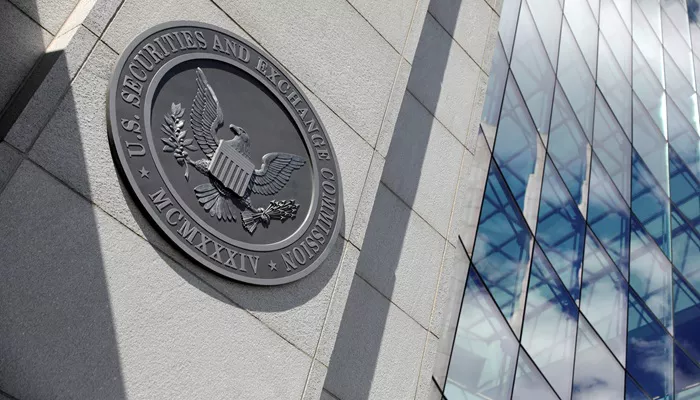Minutes from the Federal Reserve’s September meeting, released on Wednesday, revealed a significant internal debate among officials regarding the magnitude of the central bank’s first interest rate cut in over four years. While a “substantial majority” favored a 50 basis point reduction, some officials expressed a preference for a smaller cut of 25 basis points, citing concerns over persistent inflation and robust economic growth.
Those advocating for a 25 basis point cut argued that inflation remains elevated, while the economy shows signs of strength and unemployment rates remain low. This group suggested that a more gradual approach to rate reductions would provide clearer insights into their impact on the economy. In contrast, proponents of a larger cut believed that a 50 basis point reduction would bolster economic strength and the labor market while continuing to address inflation.
The minutes indicated that some officials had previously considered a 25 basis point cut at the July meeting, noting that recent economic data suggests inflation continues to decrease and the labor market is cooling. Fed governor Michelle Bowman publicly dissented during the September meeting, preferring a smaller reduction, which marked a significant moment, as it was the first dissent on a policy decision in two years.
The Fed’s rate-setting committee is nearly split on the anticipated number of additional rate cuts this year. Seven policymakers favor one more 25 basis point cut before year-end, while nine advocate for a 50 basis point reduction. Two members do not expect any further cuts.
In the week following the decision, several Fed officials have publicly supported the larger 50 basis point cut, referencing positive trends in inflation and a cooling labor market. Atlanta Fed President Raphael Bostic acknowledged that concerns about the economy may have led him to favor a smaller cut, which could overlook recent labor market softening. Minneapolis Fed President Neel Kashkari expressed that the balance of risks has shifted towards the potential weakening of the labor market, justifying a lower federal funds rate.
Chicago Fed President Austan Goolsbee articulated his comfort with the 50 basis point reduction, seeing it as a shift towards balancing maximum employment and price stability.
A stronger-than-expected jobs report has prompted analysts to speculate whether the Fed may have acted too quickly with the recent cut or if it will need to reassess its approach moving forward. Concerns about inflation re-emerging are also prevalent as the Fed prepares for the release of the Consumer Price Index (CPI) on Thursday, which is expected to reflect moderation in inflation, in line with Fed goals.
Economists anticipate that core inflation, which excludes volatile food and energy prices, will remain steady at 3.2% year-over-year, the same level recorded in August. Month-over-month, the CPI is expected to show a 0.2% increase, slightly down from 0.3% in August.
Amid these discussions, some Fed officials are advocating for a cautious approach to further rate cuts, emphasizing the need to balance the risks to employment with ongoing efforts to reduce inflation. Dallas Fed President Lorie Logan recently echoed this sentiment, suggesting that a gradual path back to a normal policy stance would be prudent.
Fed Chair Jerome Powell clarified on September 30 that the central bank is not in a rush to lower interest rates, preferring smaller cuts moving forward. He reaffirmed that most officials expect two more 25 basis point cuts this year, indicating that further large reductions are not anticipated.
As the Fed navigates these complexities, there remains a consensus on the importance of communicating that rate reductions should not signal a deteriorating economic outlook. Participants acknowledged the potential risks of reducing policy restraint too late or insufficiently, which could weaken economic activity and employment.
Overall, while the Fed is committed to addressing inflation and maintaining economic stability, the internal divisions regarding the pace and magnitude of rate cuts reflect the delicate balancing act policymakers must perform in response to evolving economic indicators. The upcoming CPI report will play a crucial role in shaping the Fed’s future actions as officials strive to align their monetary policy with the current economic landscape.
Related topics:


